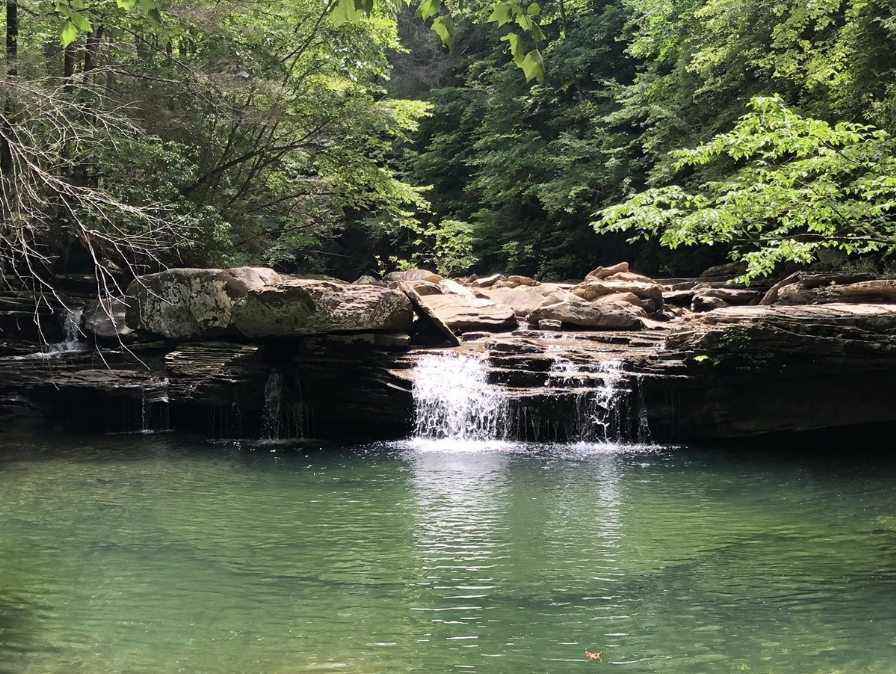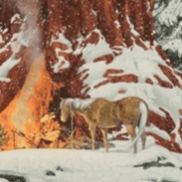-
Posts
5,652 -
Joined
-
Last visited
Content Type
Profiles
Blogs
Forums
American Weather
Media Demo
Store
Gallery
Posts posted by Holston_River_Rambler
-
-
-
2 minutes ago, Holston_River_Rambler said:
Anybody happen to see the HP the 0z GFS snuck out on top of Greenland?
I should add it was waaaaayyyyy out in fantasy range, but still....
-
 1
1
-
-
Anybody happen to see the HP the 0z GFS snuck out on top of Greenland?
-
 2
2
-
-
Merry Christmas!

-
 3
3
-
-
25 minutes ago, Carvers Gap said:
I am assuming this is good or us?
The idea seems to be a jet extension caused by a +east Asian mountain torque will help dislodge the Aleutian high.
Here it is on the 18z GFS:
Big high drops down into east Asia:

Momentum gets added to the pac jet:

Aleutian high dies:
 20 minutes ago, *Flash* said:
20 minutes ago, *Flash* said:Why do I feel dirty reading this? Probably just the mountain.

I almost wrote the "mountain twerkers" lol.
Hope that jet extension doesn't go too far. That's burned us in the past.
-
 2
2
-
-
Just now, Golf757075 said:
Do you think it will?
The mountain torquers seem rather excited. Got to have a big old HP slam down from Siberia into east Asia. Of course we have to hope some hitherto little known index does not screw it up.
-
And if the now advertised PAC jet extension can dislodge the Aleutian Ridge
-
I think a lot of it just depends on how the NAO evolves and how long it hangs around. Probably not getting an answer on that one soon.
-
 1
1
-
-
Euro has the dreaded La Nina qpf firehose look to it:

-
It's not a winter if we don't have at least one anafront where the cold doesn't make it across the plateau quickly enough for East TN Valley.
-
 2
2
-
-
1 minute ago, Carvers Gap said:
My guess...models are handling the NAO poorly (duration, intensity, placement).
Yeah, wild swings based on the placement and evolution.
-
 1
1
-
-
I know it’s all fantasy but I think the 6z GFS was about to give us a new years present if it had run about an extra 36 hours.



-
 4
4
-
-
Wonder which PV he's talking about in the above? Stratospheric or tropospheric? #PolarVortex doesn't make it clear. It's almost as if he's looking for clicks or something.
A strengthening -NAO can put pressure on the SPV and the TPV. Example from 0z Euro:

I chose 30mb because that pressure level is lower and closer to where the potential -NAO is forming.
The same processes that are helping to create the -NAO on the recent deterministic runs are also fluxing heat poleward at the tropopause.
500mb:

Tropopause:

Pac jet doesn't look terrible to me in deterministic progs. Right now, yeah, that's not good:

We never really want to see it all the way across the Pac. But going forward, looks buckly to me.

Of course that and anything can and will change. I'm encouraged this AM by the OPs finding the -NAO again and that wavy pac jet look. I seen years where that jet was just a fire hose all the way across the Pac in to California.
-
 1
1
-
 3
3
-
-
Here be ye olden control:


MrGolfman, here ye go, the weeklies mean:

-
 4
4
-
-
Someone posted on southernwx that the extended Euro control showed a pretty good way out of this mess. I see Golfman posted the snow map above, I can throw up some gifs of the 500mb anomalies and MSLPs if there is interest.
-
 1
1
-
 1
1
-
-
Yeah, it's wild some of the flip flopping OPs are doing right now.
Huge NAO -> No NAO-> some sort of N Atlantic blocking
Meandering cutoff over the Southern CONUS -> Now just a cutter
I am also glad some of the runs are starting to move that Aleutian ridge around.
Hopefully once they ingest the thunder we had last night for their 12z runs, things will start to move around even more


-
32 minutes ago, Daniel Boone said:
That link you posted Holston was December 96 and January 97. It's 95 and 96 we were looking for.
Sorry about that:
-
 1
1
-
 1
1
-
-
5 minutes ago, Daniel Boone said:
We should further that Winter in increments in Time and see what evolution was.
I was trying to pull the radar imagery from IEM as gif, but the file won't process. Here's a link if anyone wants to check it out:
I think most folks who were alive at that time in upper east TN and SW VA know where the pattern ends up about Jan 7 - 8, 1996.
-
 1
1
-
-
12 minutes ago, Daniel Boone said:
Compare to Christmas then : Plymouth State Weather Center
That definitely looks better, but as far as I can tell, there's nary and Aleutian ridge o' death to be seen
I had to go back to early December 1995 to see something similar:

-
 1
1
-
-
I got this one from the NCEP reanalysis site for todays date in 1995:

-
 1
1
-
-
We desperately need to fill up the thunder in the mountains index. There is hope tonight.

-
 2
2
-
-
Interestingly both GFS AI and Euro AI both almost look like ensembles for the same period. Since they are machine learning models using (presumably and I could definitely be wrong) the continuity of typical patterns, I wonder if the AI models skew less amplified in the longer range, since dramatic and amplified events are somewhat rare? Would this make the AI models less useful in the medium to longer ranges until they have ingested more datasets of times where large blocks are "bullying" (quoting griteater) the pattern? How many significant, blocky patterns have wee seen since we started running AI models to give them datasets? I would say not many over the regions depicted below, but don't often look at blocky patterns anywhere else, so there could be some confirmation bias at play.


-
 1
1
-
-
6z GFS shows a similar evolution waaaaayyyyyy out in fantasy land to 0z Euro for NC and southside VA. When people root for NAOs to impact the pattern, that's the sort of thing I want.
-
 2
2
-
-
5 minutes ago, Golf757075 said:
When the RMM charts show between phase 8 and cod, does that make sense to you based on convection or is there something else going on?
Good question. That's something I'd like to figure out: how to read via satellite to see where impactful tropical convection is (for the pattern over N.America in general and the TN Valley in particular) and how it that convection is evolving (moving, increasing, and decreasing) to potentially modulate weather in extra tropical regions.
-
 1
1
-





January 2026 Short/Medium Range Thread
in Tennessee Valley
Posted
Models that run that far out in time keep trying to churn up some big storm with cold and plenty of STJ moisture between let's says Jan 7 - 10, details of course TBD, but wouldn't be surprised if we do get a bigger storm in that time frame.